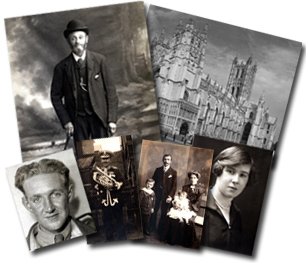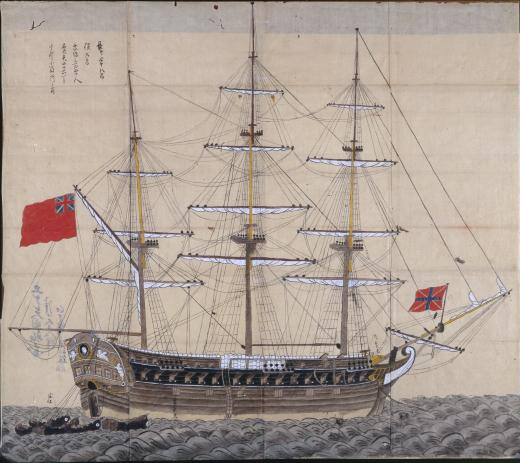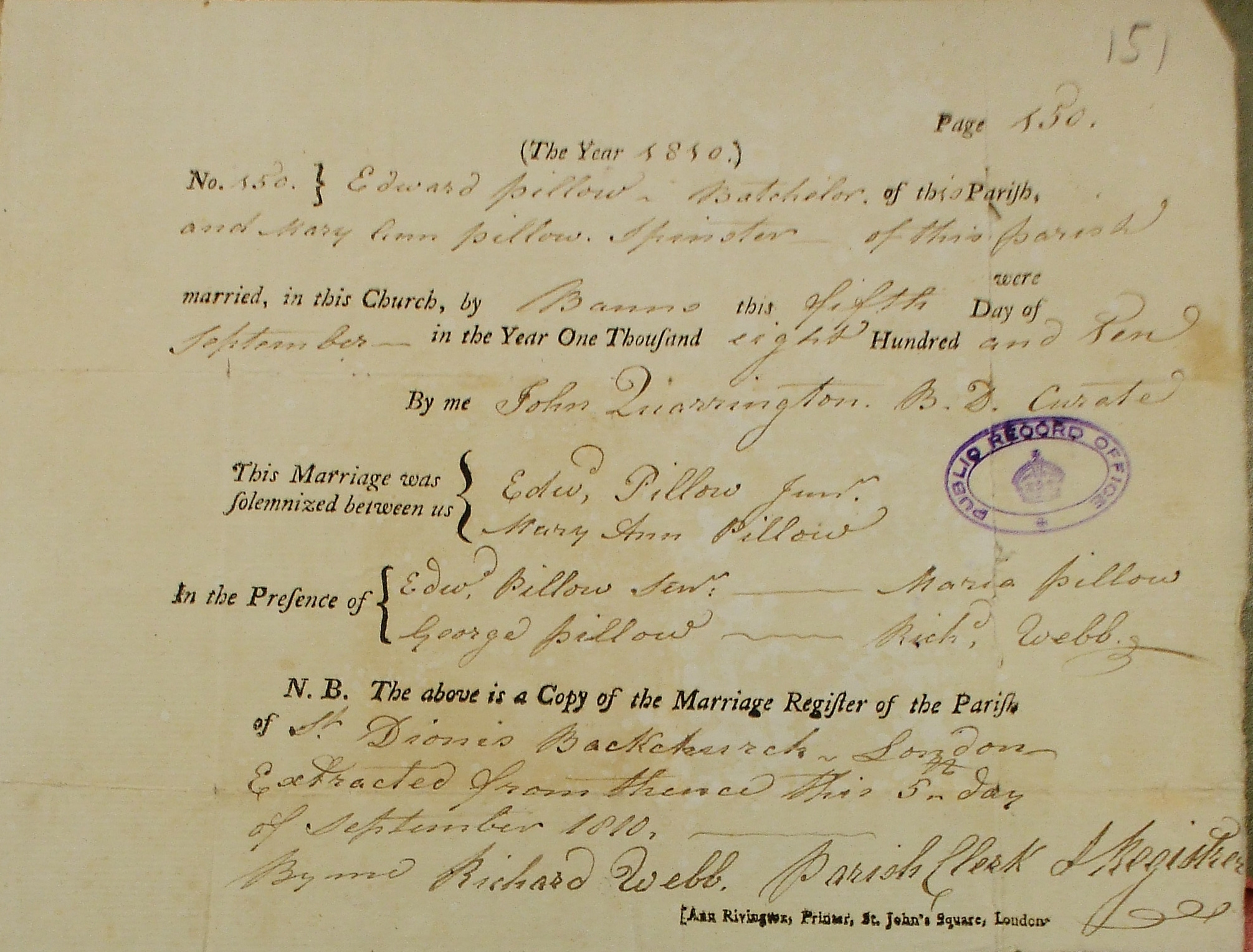 |
by Peter Gibson |
 |
 |
by Peter Gibson |
 |
|
Edward Pillow was born in Canterbury in 1784, the son of Edward Pillow (freeman, tailor and later hoyman) and his wife Maria, née Cooper, sister of the then Mayor of Canterbury, John Cooper. Edward Jnr. was christened at St. Peterís, Canterbury on 5th November 1784. Details of his early life remain obscure, though his parents were certainly from the wealthy merchant class. His father had his own trade token produced in 1797 and his younger brother Thomas, who went on to become Master of the Company of Waterman in London, attended King's School, Canterbury. In the late 1790s, Edward Junior joined the Royal Navy. It was normal in those days for sons of the wealthier classes to work as boys onboard ship and to gradually make their way up the ranks to become officers. Young Edward was apparently stationed in India for 14 years, meaning that he most probably joined about 1796 at age 12. In 1802, by then aged 18, he was aboard HMS Monkey, a 12 gun Bloodhound class gun-brig, launched at Chatham in May 1801. I believe that he was only a passenger on this vessel as his name does not appear on the muster roll or in the pay book. He was transferred to HMS Concorde on 11th June 1802 (appeared 16/6/1802) his birthplace given as Canterbury in the muster roll. He was allotted crew number 599 (No. & letter of tickets: Ly). Until 25th February 1803, he was a midshipman but from that date he was promoted to the more senior post of Master's Mate serving under Captain John Wood from Sandwich. He continued to serve under this man for most of his naval career until Captain Wood retired in about 1808. He may possibly have been distantly related. On 25th March 1805 Edward Jnr. was discharged to HMS Howe for passage to Phaeton. He actually transferred from HMS Concorde on 6th June 1805 as midshipman to HMS Phaeton. He remained at the rank of midshipman until 27th November 1805. From then until 1st January 1806 he became Masterís Mate once again, later serving as Acting Lieutenant from 18th June 1807. On board Phaeton he was crew member number 315 (No. & letter of tickets: LL)  HMS Phaeton pictured here while in action in Japan ca.1808 In May of 1807, an event of some significance in young Edwardís life took place. The Phaeton captured a valuable Spanish vessel with a cargo worth more than a million dollars. Edward would of course receive a share of the prize money. This seems to have amounted to a considerable sum. In 1810, Edward would lend his father nearly £2,000 in an attempt to protect him from bankruptcy.
During his time in the East Indies, he sent a gift comprising of a beautiful ivory fan or brise (pictured below) to his mother Maria. The fan, which was passed to her daughter Frances, eventually ended up in the collection of the New York Historical Society Museum.
Lt. Edward Pillow and his first cousin, Mary Ann Pillow, were married on 5th September 1810 in the City of London. They had four children in all, two of whom, Mary Ann & Charles, died in infancy. 
Unfortunately Edward Jnr. died at the young age of 32 at Canterbury on 11th December 1816 (cause of death undiscovered to date); his wife & surviving children received charity relief from the Admiralty. Edward was buried at St. Mildred's Church, Canterbury on 18th December 1816. He was said to have died at nearby Wincheap.
He was survived by his wife and 2 children. Mary-Ann, his widow, continued to live in Canterbury at 8 St Georgeís Terrace until her death in 1868. Edward & Mary-Annís children were as follows: Mary Ann (Born and died 1811), Edward Pillow (1812-1884) my 3rd Great Grandfather, Charles Pillow (1814-1815) and finally Henry Charles (1817-1888) who became a Sergeant Major in the army. He served in Ireland and Malta where he married Henrietta Daniel. One of his sons, Edward, remained in Malta and started a Pillow branch there (follow this link to learn more about the Pillow's of Malta).
|